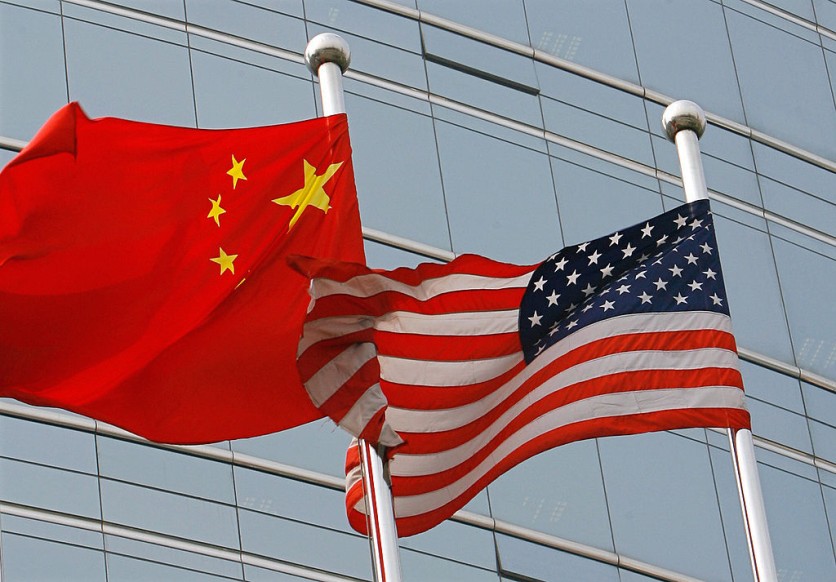In a mounting clash over technology dominance, Beijing has fired back at the United States' move to scrutinize Chinese-made legacy chips amid a remarkable surge in China's chip exports, soaring to $1.3 billion in the past 11 months.
The South China Morning Post reports that the US Commerce Department's announcement to probe the use of Chinese-manufactured legacy chips across critical American industries like telecommunications, automotive, and defense has elicited China's swift and sharp response.

China Urges US to Respect International Trade Rules
Accusing Washington of weaponizing trade matters, Beijing's foreign ministry spokesman, Wang Wenbing, urged respect for international trade rules and market-based principles, insisting that the move jeopardizes global supply chains.
The intensifying standoff is rooted in concerns over national security, with the US expressing apprehensions regarding China's semiconductor industry's exponential growth.
Ma Jihua, a telecoms observer, asserted that the US rationale of national security is merely a façade to sustain its competitiveness in legacy chips.
China's comparative advantages in cost-efficiency, accelerated R&D progress, and diversified chip applications, Ma claimed, outweigh the US position.
Amid this dispute, China's chip exports to the US have seen a robust uptick of 17% year-on-year, reaching a staggering $1.3 billion in the first 11 months of 2023.
However, there's a contrasting trend in total US imports of China-made integrated circuits, showing a marginal 0.5% decline to $2.02 billion over the same period, signaling a complex market dynamic.
China's Semiconductor Production Expansion
SCMP tells us that China's aggressive expansion in semiconductor wafer foundries, currently operating 44 and constructing an additional 22, has raised eyebrows in the US and the EU.
These initiatives primarily focus on mature chip production using 28-nanometer or older technologies, prompting concerns about reshaping the global semiconductor landscape.
US Response
In response to China's strides, the US took legislative action earlier in the year, enacting the Chips Act, offering substantial subsidies of up to $53 billion for wafer fabs built on American soil.
However, the funding comes with strings attached, preventing chip makers from expanding or constructing advanced semiconductor facilities in China for a decade.
Experts warn that this move, labeled as "chip hegemony" by Beijing, could significantly curtail China's overall silicon capacity by 2025.
Export controls on advanced chips and chipmaking tools to China have been bolstered by the US Commerce Department, reinforcing a series of regulations implemented over the past few years.
In retaliation, China has vowed to enhance chip self-sufficiency, funneling billions in state funds into the sector and initiating efforts to substitute foreign-sourced technologies.
Industry analysts predict a substantial surge in China's share of mature process capacity, projecting it to reach 39% by 2027, up from 31% in 2023.
However, this expansion might incite a price war, particularly impacting sectors like image sensors and power management ICs, potentially influencing Taiwan-based foundries.
As China and the US lock horns over chips, the ramifications ripple across industries, shaping global trade and supply chain dynamics, and setting the stage for a protracted battle for technological dominance.
Stay posted here at Tech Times.
Related Article : Chinese Firms Secure US Equipment for Manufacturing Advanced Chips Despite Export Curbs: Congressional Report

Tech Times
![Apple Watch Series 10 [GPS 42mm]](https://d.techtimes.com/en/full/453899/apple-watch-series-10-gps-42mm.jpg?w=184&h=103&f=9fb3c2ea2db928c663d1d2eadbcb3e52)



